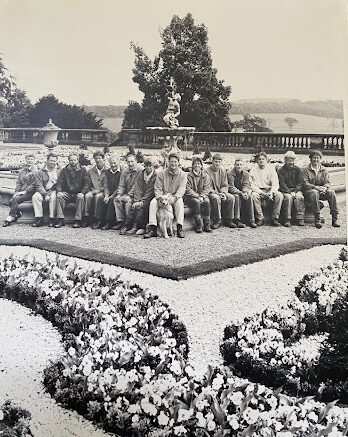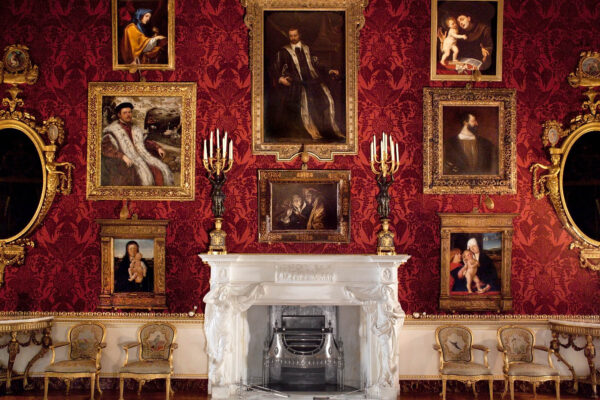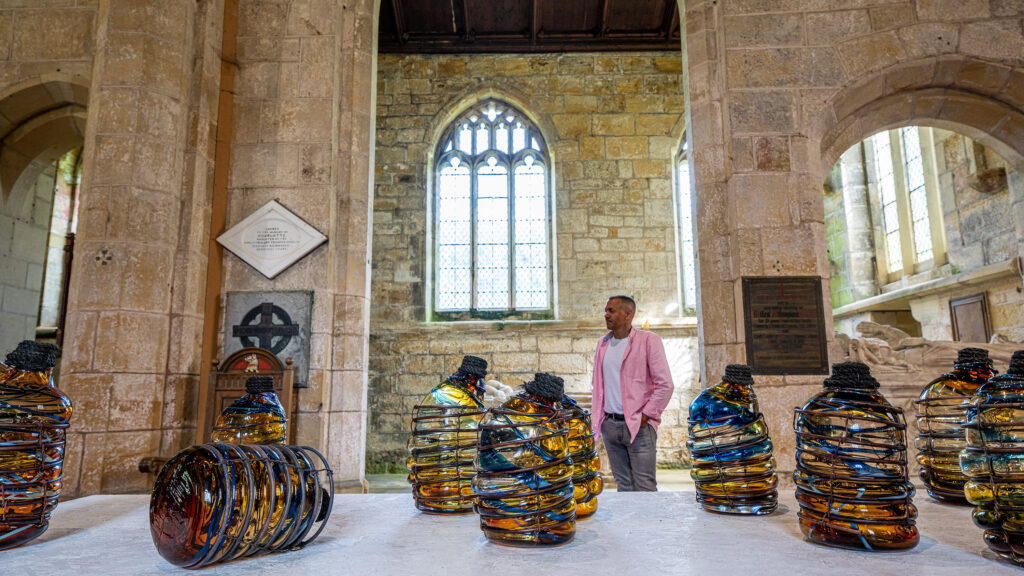Pih joins the Harewood House Trust executive team from Tate Liverpool. In this new role, he will lead the charity’s award-winning exhibition programme, and care for the museum’s outstanding collection of painting, decorative interiors, furniture and porcelain. His work will further Harewood’s purpose to make heritage relevant, using the collections and landscape to help shape a more sustainable world, unlock people’s creativity and enrich lives.
Over the past five years, Harewood has received universal recognition for its innovative programming including the Harewood Biennial alongside its new Craft Spotlight and Open History series addressing the urgent issues of our time from equality, diversity and inclusion, and social and environmental issues prevalent in society today. Darren has worked across exhibitions that have featured many of today’s leading artists, has toured major exhibitions for Tate Liverpool around the world, and has commissioned several new works. Most recently, his Radical Landscapes exhibition explores climate emergency, trespass and social and cultural change through a century of landscape art – an exhibition which shares Harewood’s values entirely.
With a history of collections care and producing exhibitions closely linked to Harewood’s programming ambitions, trustee of Harewood House Trust Iwona Blazwick OBE commented:
‘Pih’s deep engagement with modern and contemporary art will bring a dynamic new perspective to Harewood, connecting its distinguished history of arts patronage with the present. I can’t wait to see what his curatorial vision will contribute – not only to Harewood’s great legacy but the wider Yorkshire art scene’.
Since 2017, Harewood – which reached a record-breaking 250,000 visitors in 2021 – has been pushing the boundaries of its programming under the leadership of Jane Marriott, building on the Trust’s and the Lascelles’ commitment to acknowledging the estate’s colonial past for over 30 years, and exploring and provoking conversation around societal issues that affect us all. This commitment remains stronger than ever and is central to the Trust’s programming aims, the work of its staff and volunteers, and working with the communities in and around Leeds.
Trust Director Jane Marriott comments of Darren’s appointment:
‘I am delighted to welcome Darren as Harewood’s first Chief Curator and Artistic Director. This role epitomises our ambitions to reimagine the country house for the 21st century with bold, exciting and innovative programming. Darren brings a thoughtful approach and excellent track record, in combining the care of historic collections with the work of contemporary artists, in order to develop our ambitions as a charity and museum.’
Darren Pih’s first major exhibition under his curatorial lead will be Harewood’s second Craft Spotlight, to be announced later this year, and a Harewood ‘year of play’ to coincide with Leeds 2023 celebrations. On his appointment, he said:
‘I am delighted to be joining Harewood and contributing to its ambitions by leading its exhibitions programme. Harewood and its history make it a unique site for presenting art and ideas that engage with many of the most urgent issues of our time, including environmental responsibility, colonialism and social inclusion. It’s a fantastic opportunity to create new knowledge around its collections, by bringing contemporary and modern art into dialogue with the heritage and history of Harewood.’


















